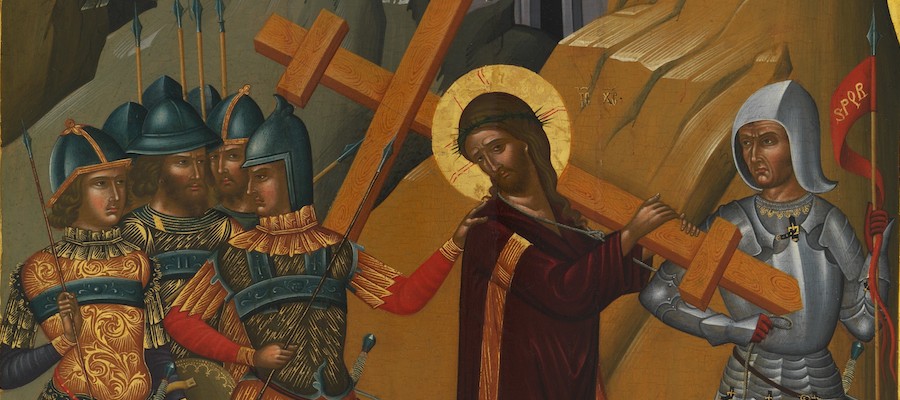‘Gothic’, ‘Renaissance’ or ‘Renaissance Gothic’? Some Thoughts on Cretan Art c. 1500 and the ‘Cretan Renaissance,’ lecture by Michalis Olympios (University of Cyprus), King’s College London, December 1, 2015, 5:30–7:00pm
The sixteenth- and seventeenth-century art of Venetian Crete (1211-1669) is often perceived through the lens of the so-called ‘Cretan Renaissance’. The term was coined by literary historians following World War II to describe the island's remarkable intellectual output during the last centuries of Venetian rule, and was subsequently adopted by Greek art historians in the 1970s, who applied it mainly to Cretan architecture and sculpture exhibiting strong stylistic links with contemporary Italian works. The assumption that the political ties between metropolis and colony should have conditioned cultural and artistic developments has led to ascribing Venice a domineering role in the transmission of all’antica designs to the island, which is habitually thought to have occurred via the mediation of the Serenissima’s military engineers, dispatched to the edges of the Stato da mar to fortify its possessions and help consolidate its rule. However, both documentary evidence and the works themselves challenge the notion of such a quasi-exclusive colonialist model, suggesting Crete’s participation in wider intellectual and artistic networks connecting the Eastern Mediterranean to territories on both sides of the Alps. This seminar will attempt to re-position late fifteenth- and early sixteenth-century Cretan art within the broad field of artistic transfers and encounters transpiring in late medieval Europe; moreover, it will endeavour to show how distorting a lens the ‘Cretan Renaissance’ label can be when considered from outside Venice's presumed cultural stranglehold.
Michalis Olympios is Assistant Professor in the History of Western Art at the University of Cyprus. His research interests revolve around medieval art and architecture in Europe and the Latin East. He has published on several aspects of Cypriot architectural and sculptural production in Lusignan Cyprus, while he is currently preparing a series of studies on the collegiate church at Saint-Omer (French Flanders).
